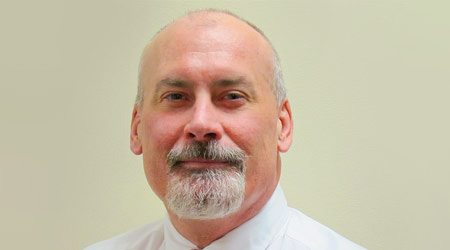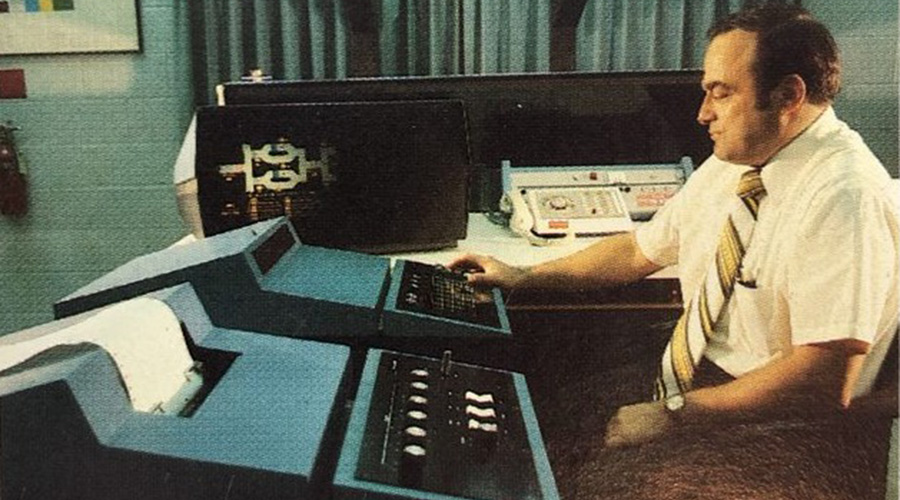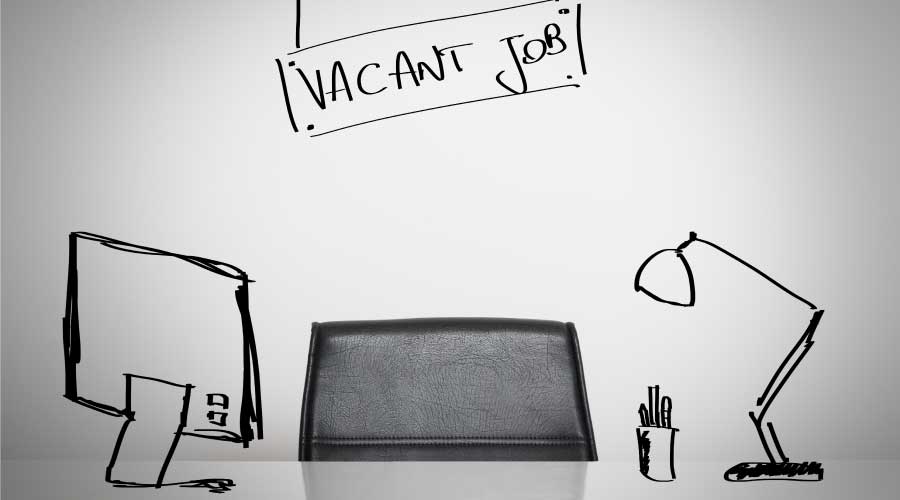Budgeting For Planned Repairs and Upgrades
Columnist Andrew Gager offers proven guidance for more effective maintenance budgets
Managers developing and managing budgets every year can rely on planned repairs and upgrades. For instance, I do all my own lawn care at home. In the spring, I spend money on seed, feed, and mulch. In the summer, exterior work inevitably needs attention. In the fall, there is more yard work, and winter brings snow removal, as well as painting rooms when my wife gets the urge to change things up. I know these things are coming, and I can budget for them.
The same holds true for facility budgets. Managers know about certain expenses throughout the year that they must budget for. These includes both interior and exterior repairs and projects. Landscape and turf area require maintenance. Interior needs, such as replacing carpeting and furniture, must be included in the budget.
Perhaps a parking lot requires resurfacing, a roof needs to be replaced, or HVAC system components require upgrades or repairs. Managers need to anticipate all of these items budget for them.
Managers also need to focus on two other areas during the budgeting process: planned capital projects and the end of life for equipment.
Managers need to review capital projects and budget for them in order to avoid common pitfalls. For example, capital budgeting typically includes using a standard approach for different capital projects. A company might use a common tool to analyze all capital projects, but the reality is that capital projects usually are not the same.
Another pitfall involves which method to use to budget the project— net present value (NPV), internal rate of return (IRR), or return on investment (ROI). These are the most common approaches to project selection and budgeting. Ideally, using all of these methods would produce the same result, but these approaches often produce contradictory results.
The best approach is to analyze each capital project individually and choose the best means to calculate the budget. This is often easier said than done, but working closely with the organization’s finance group, contractors, and other partners greatly increases the chances of building a robust and accurate budget.
End-of-life issues
Managers also need to account for end-of-life or life-cycle costs for existing assets. All equipment at some point need to be overhauled or replaced. This is where long-term strategies are useful.
For example, most commercial HVAC systems generally are designed for a life expectancy of 15-20 years, but many factors dictate the actual reliability and cost-effectiveness of operating the equipment during its useful life. By understanding current operating expenses, as well as projected repair and operating expenses, managers are better equipped to decide whether to repair or replace existing equipment.
Managers can compare those expenses to the operating costs of new, high-efficiency equipment. In many cases, if the equipment is old, new high-efficiency replacements provide significant utility cost reductions that assist in making the decision to repair or replace.
Developing an effective equipment replacement plan over the next decade and beyond is a prudent strategy for any manager. Developing and updating a robust equipment maintenance plan can extend the likelihood of a long useful life, but knowing when equipment will need to be replaced puts a manager in a much better position when developing the budget. While managers can anticipate many recurring expenses, others expenses inevitably will arise unexpectedly. Having a contingency fund for unexpected surprises and fixes is essential. A well-managed maintenance program should help managers anticipate the point at which equipment needs to be serviced.
Finally, managers need to be prepared to reevaluate and reassess the budget throughout the year. Determine a tolerance level for spending variances, review those variances with staff, and identify the true root causes of failure in order to eliminate problems and prevent them from occurring again.
Andrew Gager — a.gager@nexusglobal.com — is managing director for North America with Nexus Global Business Solutions. He has more than 28 years of facilities and manufacturing experience, ranging from warehousing operations to plant management. He is a registered CMRP, CPIM, CRL, and Six Sigma Green Belt, and he is formally trained in change-management principles.
Related Topics:













